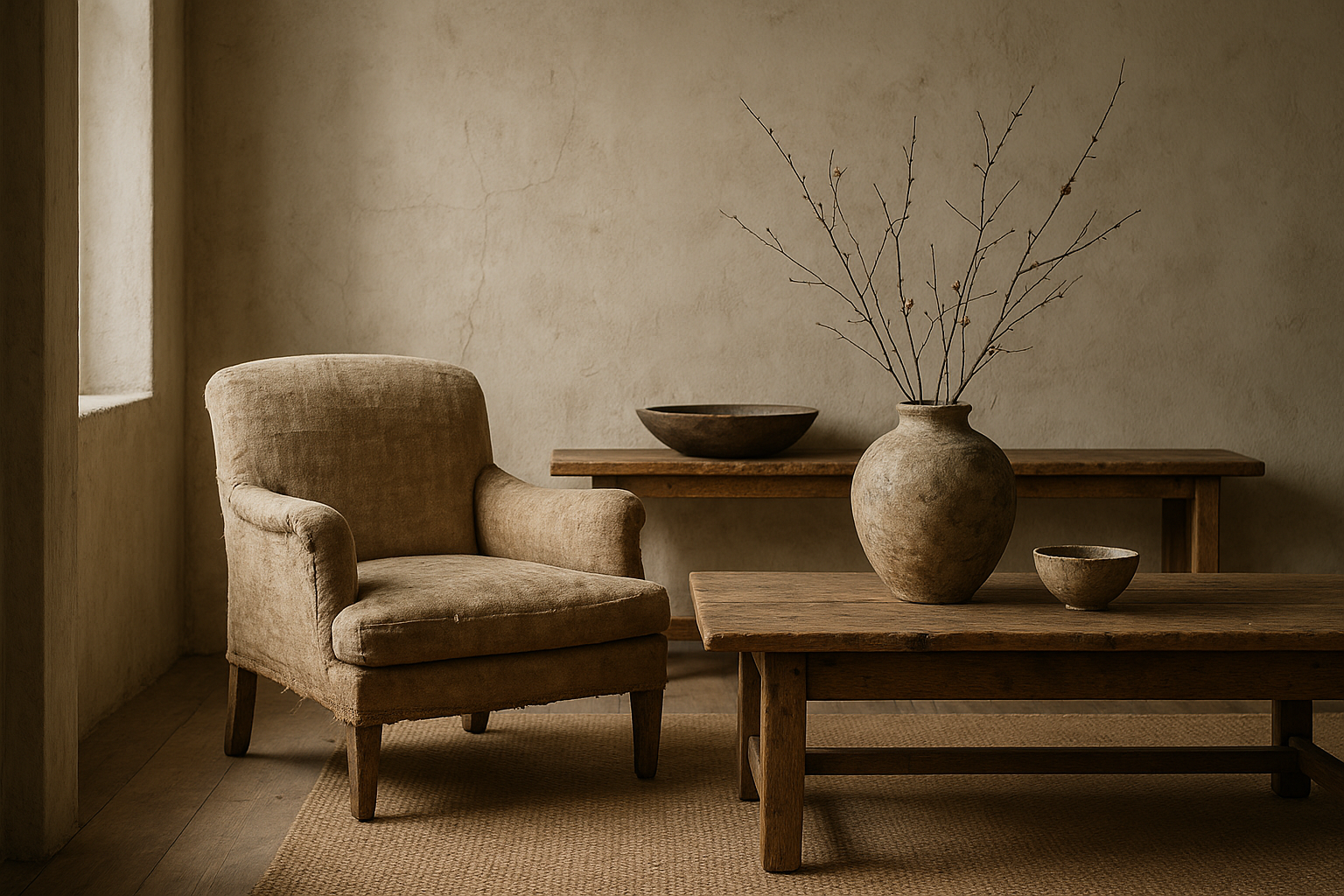The Enchantment of Wabi-Sabi: Embracing Imperfection in Home Design
Introduction: In a world where perfection is idolized, there is a design trend that encourages us to embrace the imperfect, incomplete, and transient. This is the world of Wabi-Sabi—an ancient Japanese philosophy that celebrates the beauty found in imperfection. This article delves into the history of Wabi-Sabi, its principles, and how it can be incorporated into your home design.

The Origins and Philosophy of Wabi-Sabi
Wabi-Sabi originated from the Buddhist teachings of the three marks of existence: impermanence, suffering, and emptiness. It is a concept deeply rooted in the appreciation of the simple and modest, the tarnished and the transient. It is a quiet rebellion against the modern societal pressures of consumerism and endless pursuit of perfection. Instead, it cherishes what is natural, imperfect, and impermanent.
Wabi-Sabi in Home Design
Incorporating Wabi-Sabi into home design means embracing the beauty of the worn and aged. It is about displaying objects that bear the marks of use and time, rather than hiding them. It is about appreciating the cracks in a wooden table or the faded colors of an old rug. It is about choosing natural materials that age gracefully, and placing value on the uniqueness and character that comes with time.
Practicality and Market Trends
The Wabi-Sabi design trend has been gaining traction in recent years, especially among those seeking to break free from the constraints of modern consumerism. It offers a refreshing alternative to the mass-produced and disposable products that dominate the market. The demand for handmade, unique, and aged items has surged, reflecting a shift in consumer values towards sustainability and authenticity.
Wabi-Sabi and Daily Living
Living in a Wabi-Sabi inspired home can have profound impacts on our daily lives. It invites us to slow down, to appreciate the beauty in the ordinary, and to find joy in the imperfect. It teaches us to value the things we already have, rather than constantly seeking new and better. It encourages us to create spaces that are not just aesthetically pleasing, but also filled with character and stories.
Balancing Depth and Accessibility
While the philosophy of Wabi-Sabi is profound and rooted in centuries-old Buddhist teachings, incorporating it into home design is quite accessible. Start by decluttering your space, choosing quality over quantity, and embracing natural materials. Celebrate the signs of use and age, and make room for items that bring you joy and tell a story.
In conclusion, Wabi-Sabi encourages us to find beauty in the imperfect and value the transient. It offers a refreshing perspective on home design—one that is not about striving for perfection, but about embracing the beauty of the imperfect and the aged. So, if you’re looking for a design trend that is authentic, sustainable, and profoundly meaningful, Wabi-Sabi might just be the answer.





